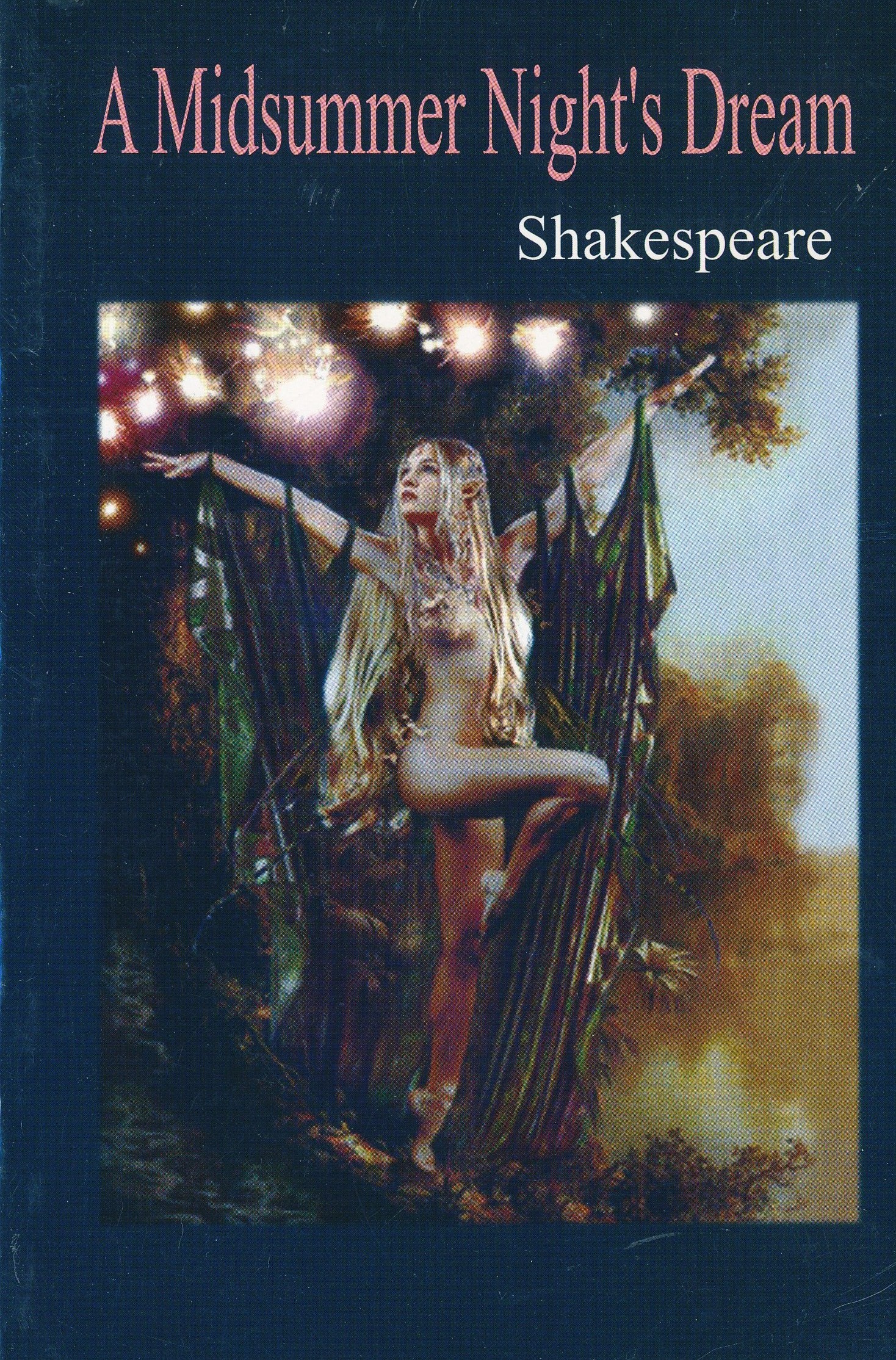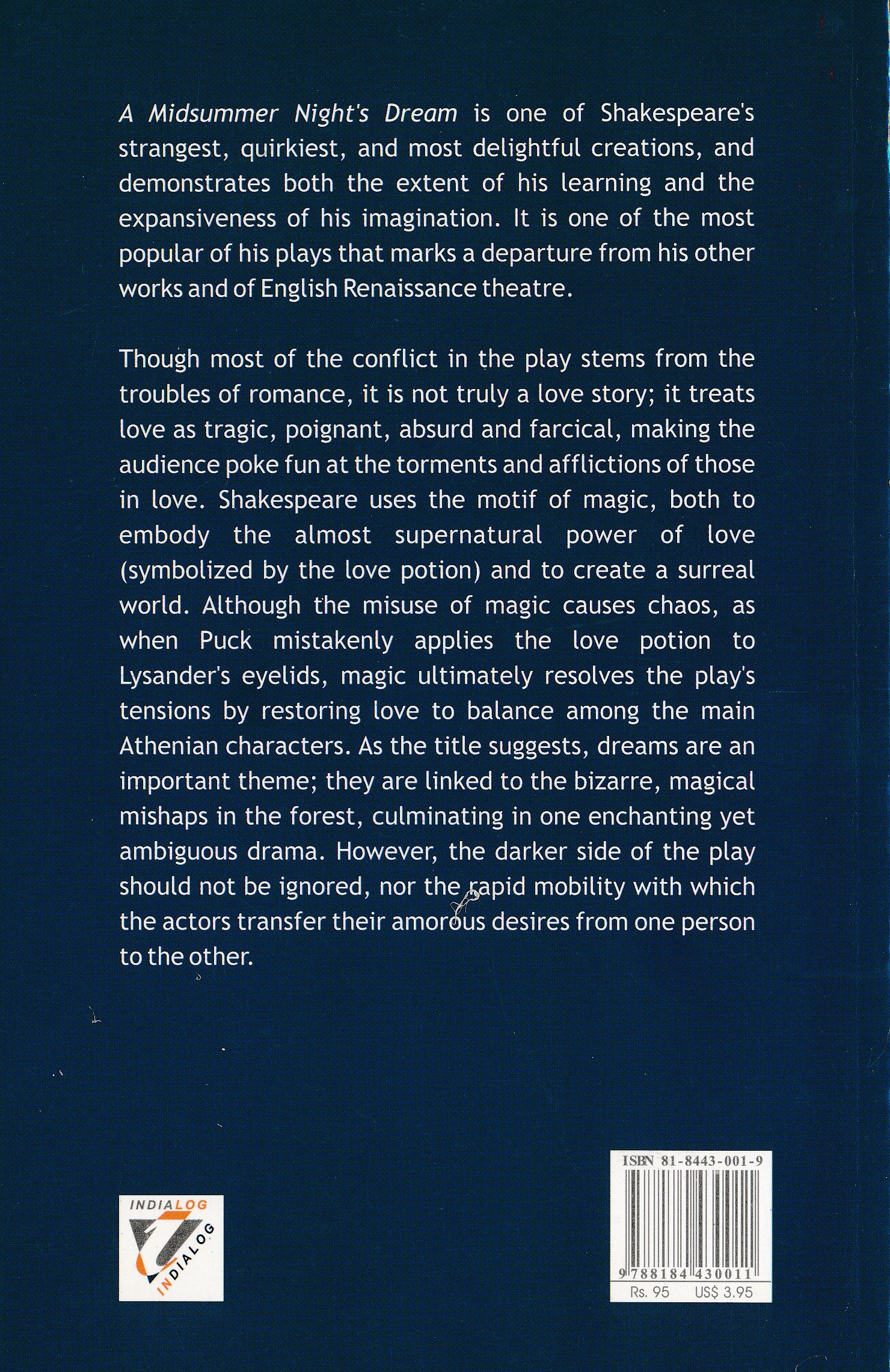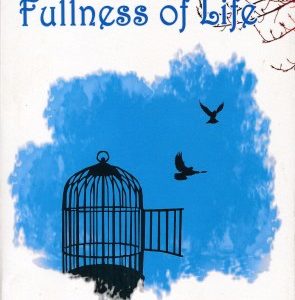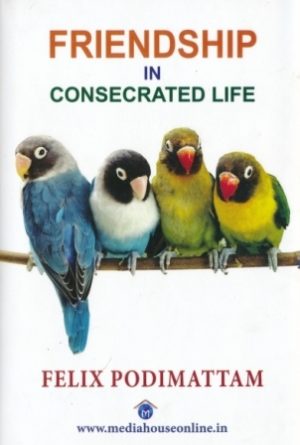Description
About The Book
A Midsummer Night’s Dream is one of Shakespeare’s strangest, quirkiest, and most delightful creations, and demonstrates both the extent of his learning and the expansiveness of his imagination. It is one of the most popular of his plays that marks a departure from his other works and of English Renaissance theatre.
Though most of the conflict in the play stems from the troubles of romance, it is not truly a love story; it treats love as tragic, poignant, absurd and farcical, making the audience poke fun at the torments and afflictions of those in love. Shakespeare uses the motif of magic, both to embody the almost supernatural power of love (symbolized by the love potion) and to create a surreal world. Although the misuse of magic causes chaos, as when Puck mistakenly applies the love potion to Lysander’s eyelids, magic ultimately resolves the play’s tensions by restoring love to balance among the main Athenian characters. As the title suggests, dreams are an important theme; they are linked to the bizarre, magical mishaps in the forest, culminating in one enchanting yet ambiguous drama. However, the darker side of the play should not be ignored, nor the rapid mobility with which the actors transfer their amorous desires from one person to the other.
Contents
Introduction
Further Reading
Note on Shakespeare
Acknowledgements and Textual Matters
A Midsummer Night’s Dream
Notes on A Midsummer Night’s Dream
Glossary





Reviews
There are no reviews yet.